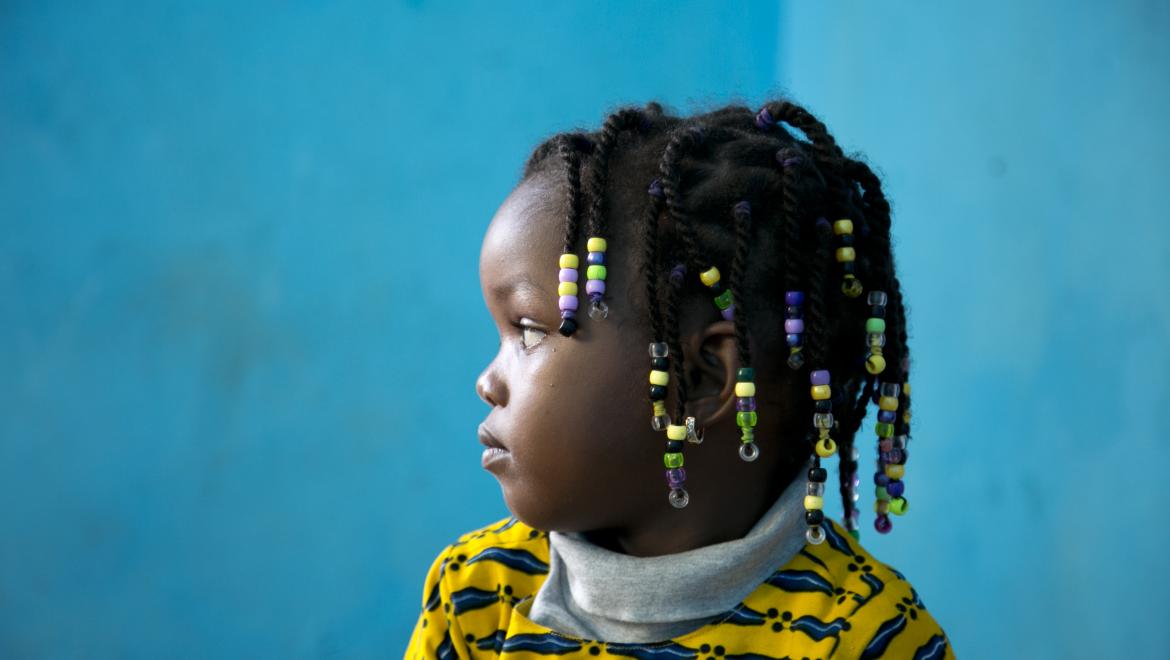The International Year for the Elimination of Child Labour starts with virtual event
GENEVA – The International Year for the Elimination of Child Labour begins now. Throughout 2021, global stakeholders will take legislative and practical actions to eliminate child labour for good.
The ILO and Alliance 8.7 are at the forefront of the International Year, which was unanimously adopted in a UN resolution in 2019.
During the kick off event on 21 January, stakeholders like Nobel peace prize winner Kailash Satyarthi will speak truth to the important issue of child labour. The year will be packed with events like these, aimed at raising awareness about a problem that affects a wide swath of the child population.
It’s more important than ever to get the message out, as the COVID-19 pandemic reverses years of progress.
What is the International Year?
The joint initiative calls on regional, national, and organizational stakeholders, as well as individuals, to identify actions they can complete by December 2021 to help end child labour. The deadline to submit Action Pledges is 30 March.
Throughout the year, stakeholders and individuals will document their efforts through social media and other communication tools. Explore the official International Year website for updates and stories.
Why does it matter?
Over the last two decades, almost 100 million children have been removed from child labour, bringing numbers down from 246 million in 2000 to 152 million in 2016.
But progress across regions is imbalanced. Almost half of child labour happens in Africa (72 million children), followed by Asia and the Pacific (62 million).
70 per cent of children in child labour work in agriculture, mainly in subsistence and commercial farming and herding livestock.
And 40 million children, women and men are in different forms of modern slavery.
What about COVID?
The COVID-19 crisis has brought additional misery and poverty to these already vulnerable populations and may reverse years of progress. It has closed schools and forced millions of children to work to contribute to the family income. The pandemic has also made women, men and children more vulnerable to exploitation.
What’s next?
The International Year will be followed by the V Global Conference on Child Labour (VGC) that will take place in South Africa in 2022, where stakeholders will share experiences and make additional commitments towards ending child labour in all its forms by 2025, and forced labour, human trafficking and modern slavery by 2030.
